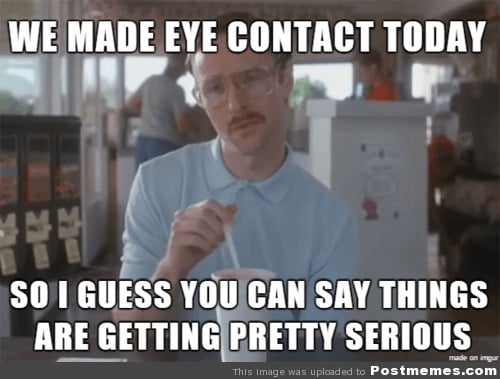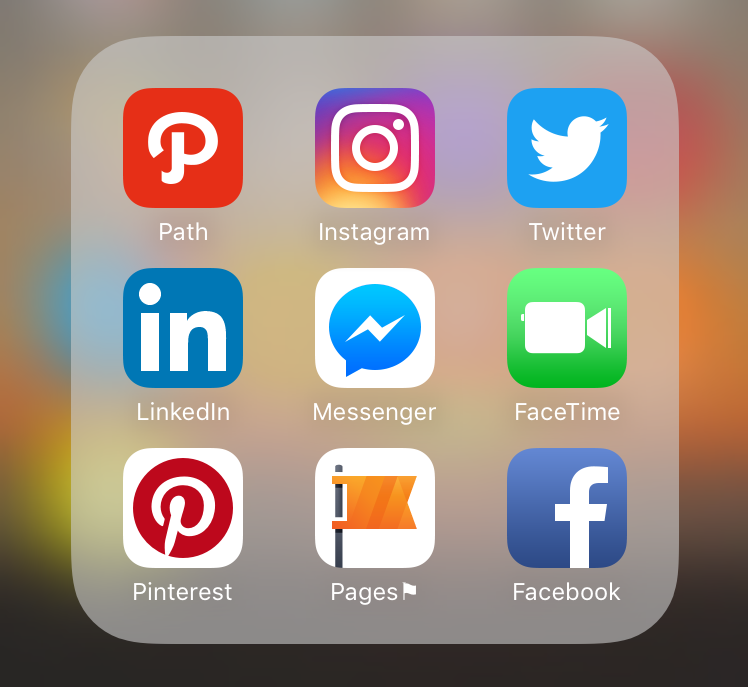Social Media: The Marketing Tool You Definitely Need
A recent analysis of the social media presence of the Fortune Global 100 found that 25% of the companies are using Facebook, Twitter, YouTube and...
I know what I am looking for, and would like to chat.
A team of data-driven marketers obsessed with generating revenue for our clients.
Because the proof is in the pudding.
At Campaign Creators we live by three principles: Autonomy, Mastery, Purpose.

Condescending Wonka. Success kid. Bad luck Brian. The list of internet memes goes on and on. Whether you love or hate them, they are a part of the social culture that defines the social media-savvy generation. And heads up eCommerce marketers: memes are a great way to help your brand stand out online so they're a useful tool to incorporate into your eCommerce marketing. Some of the most famous image macros (popularly known as memes) have been remade and shared thousands of times.
To get a full run down of what memes are and where they came from, check out this infographic from Adweek’s Social Times.

Due to their visual nature, you don’t need more than a few seconds to get the entire message. The most successful memes and macros resonate with a large group of people. It may be about how college students don’t get any sleep, or about first world problems we all experience (yet don’t like to admit). In essence, memes play off popular culture feeding into everyone's need to feel "in the loop". But above all, a meme is funny, because sometimes we all just need a good laugh. Memes can be a momentary escape from whatever else is going on in life and are a good reminder to not take life too seriously.
Even though memes are generally seen more as entertainment than serious business, they can be used to attract consumers. By piggybacking on the popularity of viral macros, businesses can capitalize on familiar images and bring in web traffic. In this hyper-connected generation, it is critical for brands to be perceived as cutting edge. Using current memes shows social relevance.
With memes, your brand can connect on a personal level. Consumers are more willing to engage on social media if it feels like they are reaching out to a friend. Be the “cool kid” that everyone wants to be friends with.
The first step to successfully leveraging macros is to ensure you are using the right platforms. Facebook and Pintrest are both great places to start. Though they are not as well-suited for a busines presence, Tumblr and Reddit are both popular sites for memes going viral.
Make sure the macro you are creating or remaking is relevant to your target audience. Your meme will not be shared via social media if your audience doesn’t understand or like it. Most importantly, be cautious not to use sensitive material that could be taken offensively.
Find out what is trending in your target market. Use culturally relevant topics that they can relate to. Even better, use a tool called Memejacking.
There is really no right way to make a meme. If you have Photoshop experience you can simply add the desired text to a pre-existing image, or create your own from scratch. If you don’t have much design experience, you can also use online generators.
The most important part in getting your image seen! Make sure your image is optimized for the platform or platforms that you have chosen. Use smart social media techniques like posting at optimal times and tagging your content.
There you have it, you are well on your way to making your social media pages shine with a fancy new meme. Who knows, you might even create the next Cheezburger Cat!

A recent analysis of the social media presence of the Fortune Global 100 found that 25% of the companies are using Facebook, Twitter, YouTube and...

Alongside the ubiquitous nature of digital engagement these days, more and more brands interact with consumers through the online model. Brands,...

A blog post by Lauren Schoener-Gaynor | Associate MarCom Manager | AH RedChair